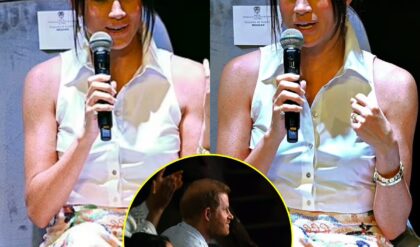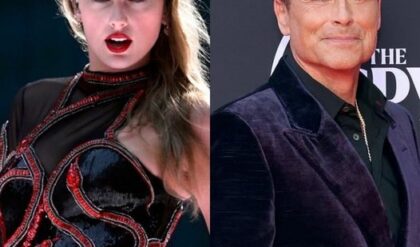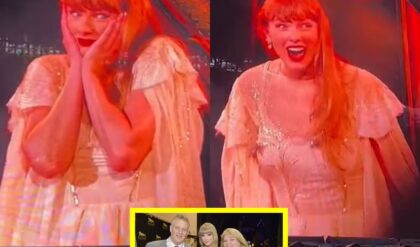### Dancing in Church: Biblical Perspectives by Gino Jennings and Voddie Baucham
The debate on whether dancing in church is biblical is explored through the perspectives of pastors Gino Jennings and Voddie Baucham. Gino Jennings takes a firm stance against worldly dance in church, stating it is sinful according to the Bible. He distinguishes between “dancing in the spirit” and “dancing in sin,” arguing that the latter, influenced by secular culture, has no place in a sacred space dedicated to worship. Jennings emphasizes that worldly dances, motivated by desires for entertainment, sensuality, and personal expression, detract from the sanctity of the church environment and lead congregants away from focusing on God.

Jennings bases his argument on several biblical references, such as Exodus 32:19, where Moses’ anger waxed hot upon seeing the idol and dancing in the camp, viewing it as sinful behavior. He preaches that dancing in church should be an act of worship inspired by the Holy Spirit, not by worldly influences. Through his sermons, Jennings aims to guide believers towards a deeper understanding of worship that is pleasing to God. He encourages spiritual dance that honors God rather than conforming to secular trends, preserving the church’s sacredness as a true sanctuary for divine worship.
Voddie Baucham, initially holding a conservative view similar to Jennings, also believed that dancing in church could distract from the solemnity and purpose of worship. However, his stance was challenged during an interview when confronted with the biblical example of King David’s dance as recorded in 2 Samuel 6:14. This scriptural reference supports the idea that expressive physical acts of worship can be legitimate and heartfelt responses to God’s presence.
Faced with this biblical precedent, Baucham conceded that there is indeed a scriptural basis for dancing in the church. He acknowledged that David’s dance, performed with all his might as the Ark of the Covenant was brought into Jerusalem, was a genuine act of worship. However, Baucham emphasized the importance of understanding the historical context of this event and maintained that modern-day church practices should be carefully evaluated to ensure they align with biblical principles.

Jennings often addresses the misuse of the scripture about David dancing before the Lord to justify incorporating worldly dance into church services. He acknowledges that this particular scripture is frequently cited by those aiming to overturn the conservative stance against dancing in the church. Jennings explains that while David’s dance was a biblical act of worship, it was distinctly different from modern secular dance forms. He emphasizes that David’s dance was a spontaneous expression of joy and reverence directly inspired by God’s presence, not a rehearsed or culturally influenced performance.
Jennings underscores the potential dangers of misinterpreting scripture, cautioning against selective use of biblical references to justify actions that may lead congregants away from true spiritual worship. By providing this example, Jennings seeks to maintain the purity and holiness of worship within the church, advocating for a clear distinction between dancing in the spirit and dancing in sin.
News
Tichina Arnold Exposes Tyler Perry as “The Diddy Of Hollywood”-b
Tichina Arnold’s recent revelations about the mistreatment of newcomers and underrepresented actors in Hollywood have ignited a significant conversation about equality and fair treatment within the entertainment industry. Arnold, a seasoned black actress renowned for her versatile performances in iconic…
BREAKING: Social media has revealed the reason behind Caitlin Clark repeatedly being subjected to physical fouls by opponents on the court, infuriating fans when they hear the rationale behind it.-b
Social Media Unveils Reasons Behind Caitlin Clark’s Repeated Physical Fouls Social media has revealed the reasons why Caitlin Clark has repeatedly been subjected to physical fouls by opponents on the court, leaving fans infuriated upon hearing the explanation. Reports…
Kim Kardashian is Back again as she Attacks Travis Kelce and Taylor after Travis Surprise visit to Dublin by saying — “The only reason he went to Dublin was that he was Hor*y, not that he really wants to genuinely support her.”-b
In a surprising and bold statement, Kim Kardashian has once again stirred controversy by criticizing Travis Kelce’s surprise visit to Dublin to support Taylor Swift during her Eras Tour. The reality TV star took to social media to share…
‘View’ host Whoopi Goldberg claims Kyle Rittenhouse committed murd3r de.spi.te acquittal.-b
‘To me it’s murder. I’m sorry’ Whoopi Goldberg, co-host of ABC’s “The View,” made no secret Monday about how she felt concerning Kyle Rittenhouse being cleared of all charges last week. Goldberg said she viewed Rittenhouse’s actions as murder, despite the jury’s…
Kevin Costner Jabs Whoopi Goldberg for Cutting Him Off, Going to Commercial – ‘Stand Down, We’re Talking’-b
Editor’s Note: Our readers responded strongly to this story when it originally ran; we’re reposting it here in case you missed it. Actor Kevin Costner ribbed “The View” co-host Whoopi Goldberg for going to a commercial break during his appearance…
“Katt didn’t lie!” Matthew McConaughey REVEALS How He Got Blacklisted By Hollywood-b
**Matthew McConaughey’s Battle Against Hollywood’s Unwritten Rules** Matthew McConaughey, known for his charismatic presence on screen and laid-back Texan charm, has recently made headlines not for his latest role, but for his candid revelations about Hollywood’s darker side. In a…
End of content
No more pages to load











